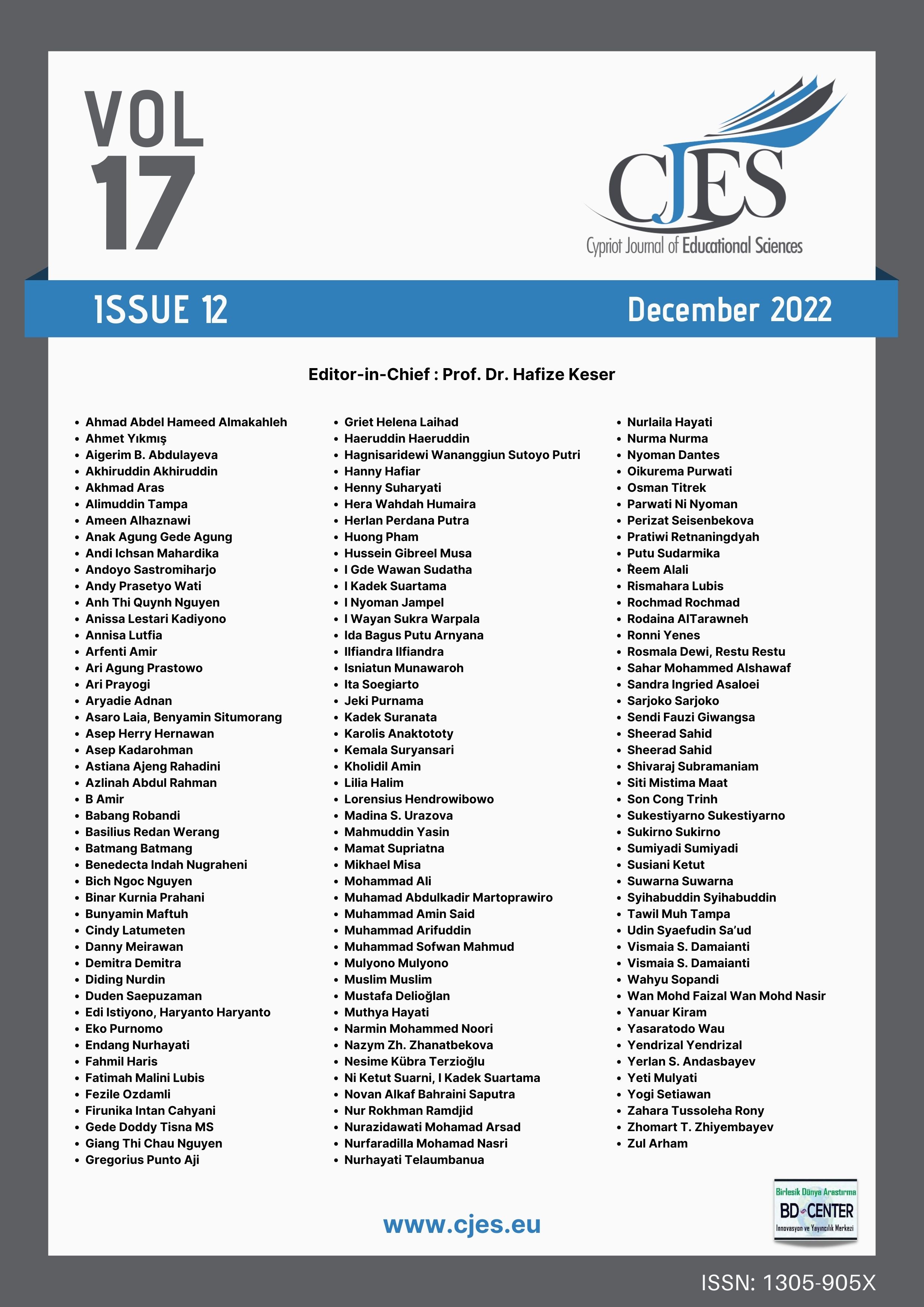Training management model to improve the competence of counselling guidance teachers
Main Article Content
Abstract
The role of the counselling guidance teacher is not only limited to helping students solve the problems they are facing. The study aims to analyse the effectiveness of the SMART-based management model on the competence of counselling guidance teachers. A prospective cross-sectional interventional study with baseline and repeat surveys was conducted to evaluate the effect of the SMART-based model. The training participants were 84 who were selected purposively and divided into 2 groups (intervention and control). Competency data was measured through a questionnaire and analysed by statistical independent t-test using SPSS software. The results showed that the SMART-based training management model was effective in improving the competence of counselling guidance teachers (p-value = 0.001). SMART-based can effectively formulate training objectives so that they are more focused and measurable. The SMART-based model can be used as an alternative training to improve the competence of counselling guidance teachers.
Keywords: Competence, counselling guidance, SMART-model, training management, teacher.
Downloads
Article Details

This work is licensed under a Creative Commons Attribution 4.0 International License.
Cypriot Journal of Educational Sciences is an Open Access Journal. The copyright holder is the author/s. Licensee Birlesik Dunya Yenilik Arastirma ve Yayincilik Merkezi, North Nicosia, Cyprus. All articles can be downloaded free of charge. Articles published in the Journal are Open-Access articles distributed under a CC-BY license [Attribution 4.0 International (CC BY 4.0)].
Birlesik Dunya Yenilik Arastirma ve Yayincilik Merkezi (BD-Center)is a gold open-access publisher. At the point of publication, all articles from our portfolio of journals are immediately and permanently accessible online free of charge. BD-Center articles are published under the CC-BY license [Attribution 4.0 International (CC BY 4.0)], which permits unrestricted use, distribution, and reproduction in any medium, provided the original authors and the source are credited.

